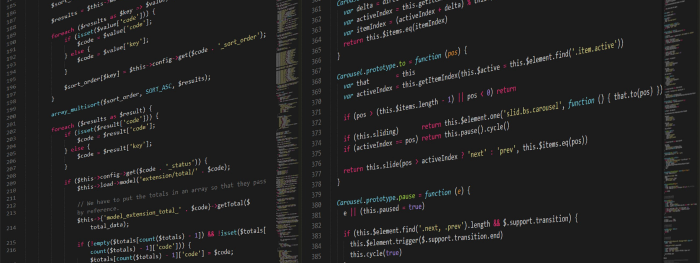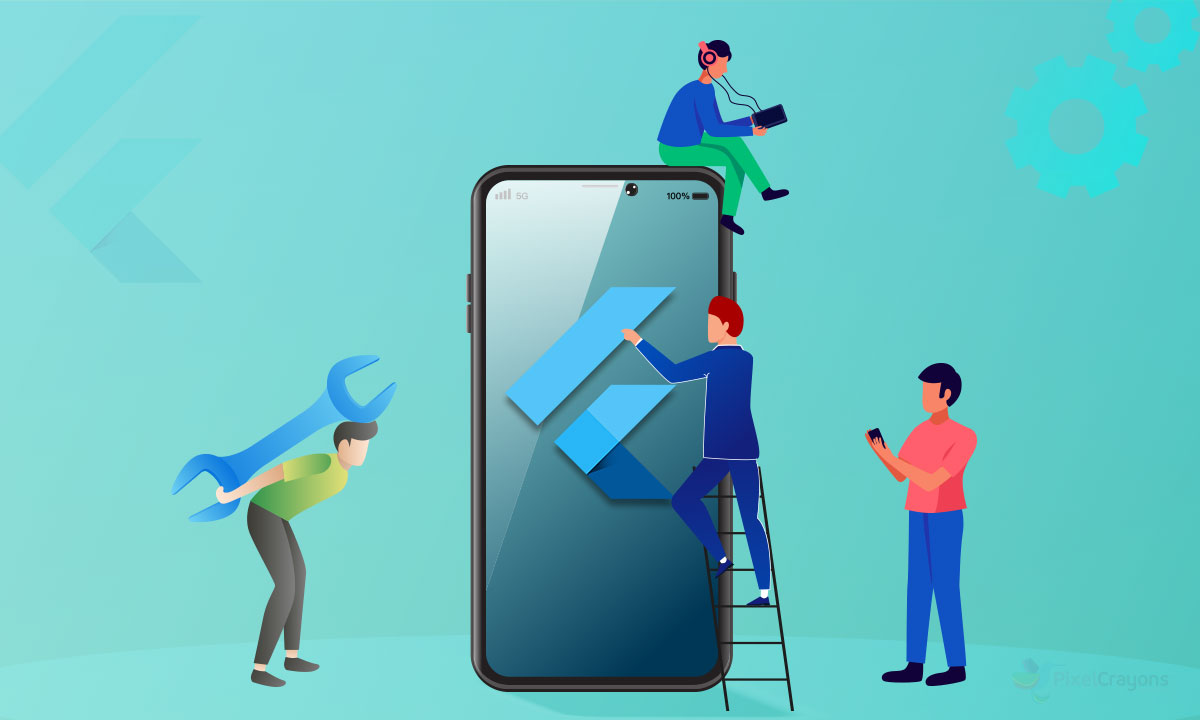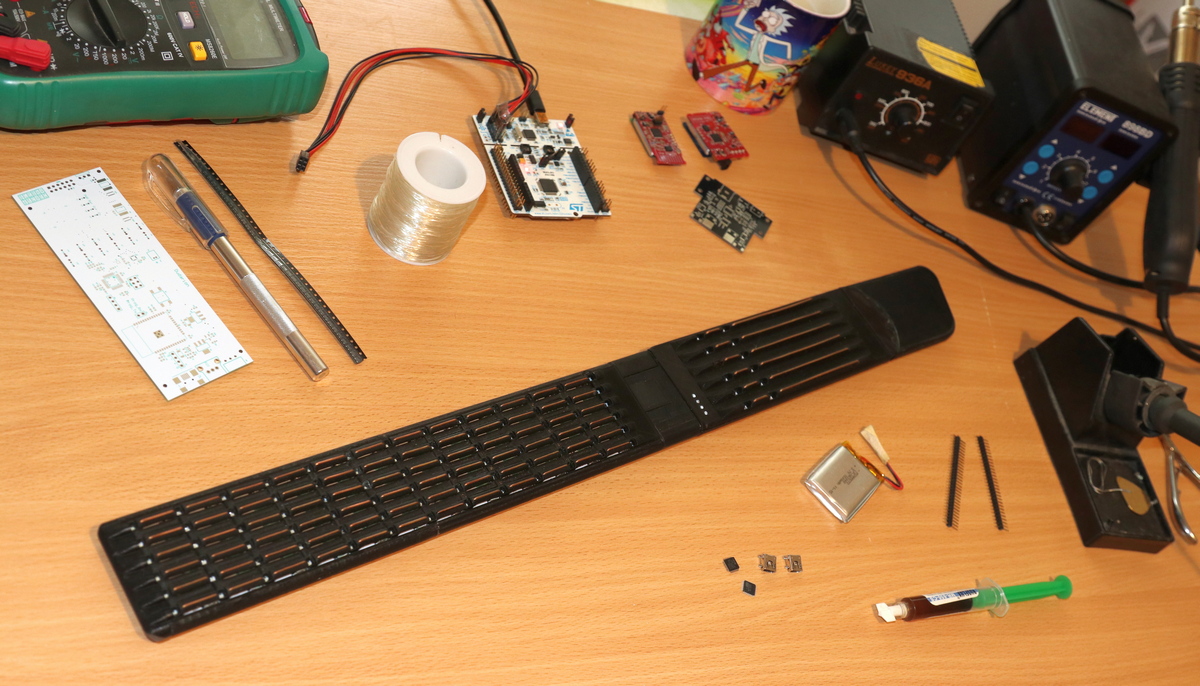Aspect-Oriented Programming (AOP) by source-level weaving

Aspect-oriented programming is a very appealing concept for simplifying your codebase, creating clean code, improving modularity, structure of code and minimizing copy-paste errors.
Today, in most cases, weaving aspect's advices is implemented at the bytecode level, i.e. after compilation, a certain tool «weave» an additional byte code with the support of the required logic.
Our approach (as well as the approach of some other tools) is modifying the source code to implement aspect logic. With introduction of the .NET Compiler Platform (aka Roslyn), it is quite easy to achieve this goal, and the result gives certain advantages over the modification of the byte code itself.















